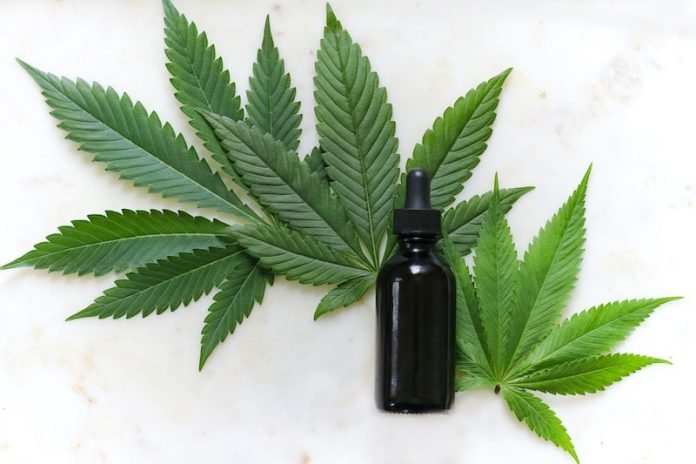
In a new study, researchers found that more than half of people who use medical marijuana products to ease pain also experience clusters of multiple withdrawal symptoms when they’re between uses.
And about 10% of the patients taking part in the study experienced worsening changes to their sleep, mood, mental state, energy and appetite over the next two years as they continued to use cannabis.
Many of them may not recognize that these symptoms come not from their underlying condition, but from their brain and body’s reaction to the absence of substances in the cannabis products, they’re smoking, vaping, eating, or applying to their skin.
The research was conducted by a team at the University of Michigan and elsewhere.
When someone experiences more than a few such symptoms, it’s called cannabis withdrawal syndrome – and it can mean a higher risk of developing even more serious issues such as a cannabis use disorder.
In the study, the team did surveys across two years of 527 Michigan residents.
All were participating in the state’s system to certify people with certain conditions for use of medical cannabis and had non-cancer-related pain.
The researchers asked the patients whether they had experienced any of 15 different symptoms – ranging from trouble sleeping and nausea to irritability and aggression – when they had gone a significant time without using cannabis.
The researchers used an analytic method to empirically group the patients into those who had no symptoms or mild symptoms at the start of the study, those who had moderate symptoms (meaning they experienced multiple withdrawal symptoms) and those who had severe withdrawal issues that included most or all of the symptoms.
They then looked at how things changed over time, surveying the patients one year and two years after their first survey.
At baseline, 41% of the study participants fell into the mild symptoms group, 34% were in the moderate group and 25% were classed as severe.
The team says many people who turn to medical cannabis for pain do so because other pain relievers haven’t worked.
They may also want to avoid long-term use of opioid pain medications because they pose a risk of misuse and other adverse health consequences.
They note that people who experience issues related to their cannabis use for pain should talk with their health care providers about receiving other pain treatments including psychosocial treatments such as cognitive-behavioral therapy.
The perception of cannabis as “harmless” is not correct, the team says.
It contains substances called cannabinoids that act on the brain – and that over time can lead the brain to react when those substances are absent.
In addition to a general craving to use cannabis, withdrawal symptoms can include anxiety, sleep difficulties, decreased appetite, restlessness, depressed mood, aggression, irritability, nausea, sweating, headache, stomach pain, strange dreams, increased anger and shakiness.
One author of the study is Lara Coughlin, Ph.D., an addiction psychologist.
The study is published in Addiction.
Copyright © 2021 Knowridge Science Report. All rights reserved.



